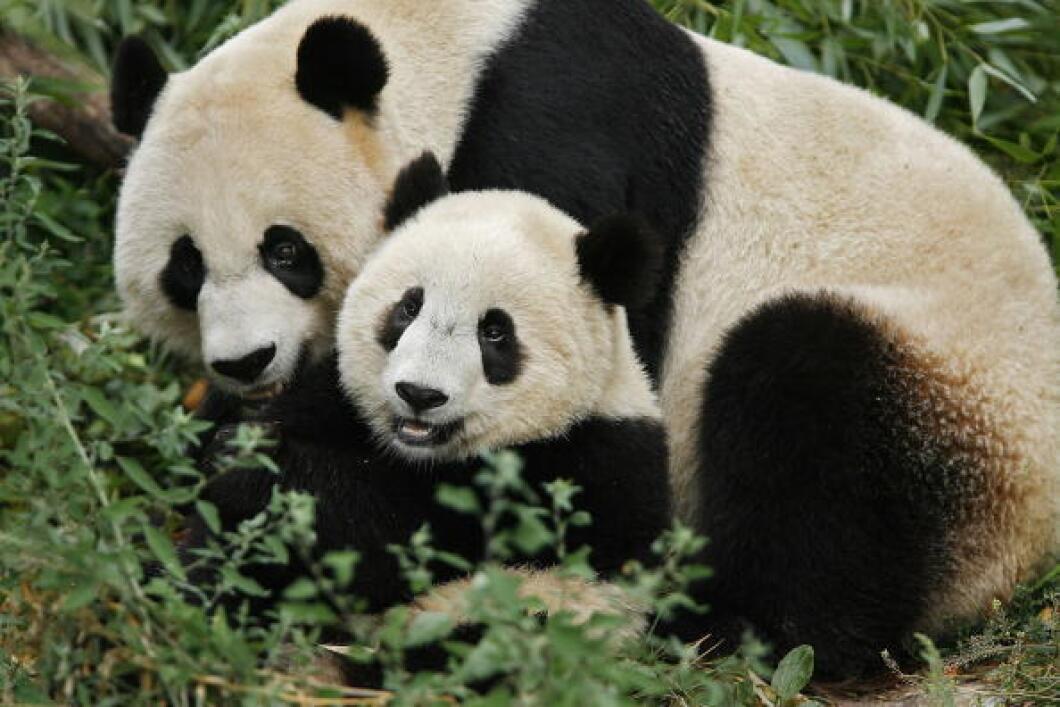
The Washington, D.C., National Zoo will soon say goodbye to its famous giant pandas. They are set to return to China at the end of the year after living in the nation’s capital for over two decades.
Giant pandas Mei Xiang and Tian Tian arrived at the zoo in December 2000, and their stay through the zoo’s Giant Panda Cooperative Research and Breeding agreement with the China Wildlife Conservation Association has been renewed three times since 2010.
CLASS-ACTION SETTLEMENT: WHAT TO KNOW ABOUT ILLINOIS’S $68 MILLION INSTAGRAM SETTLEMENT

The latest renewal is expected to expire on Dec. 7, 2023. Saturday will begin the zoo’s nine-day “Panda Palooza” event that offers panda-themed activities and a chance to say goodbye to the pandas and their cub, Xiao Qi Ji. The festival will run until Oct. 1, the same day a potential government shutdown could close the zoo.
The event will include arts-and-crafts areas, play sections, a conservation-themed scavenger hunt, live music, and film screenings of Kung Fu Panda and The Miracle Panda at the Visitor Center Theater.
Xiao Qi Ji is the latest of four cubs birthed by Mei Xiang. Her other cubs, Bei Bei, Bao Bao, and Tai Shan, were all transported back to China over the last 13 years. Celebratory food items will be provided courtesy of the Embassy of the People’s Republic of China, per the zoo.

The National Zoo has housed pandas since 1972, working with China to study the animals’ biology, behavior, and diseases. 2022 marked the 50th anniversary of the first arrival of giant pandas at the zoo.
The first pandas to arrive in Washington were Ling-Ling and Hsing-Hsing, who spent 20 years together. Ling-Ling died in 1992 of heart failure at 23 years old. Hsing-Hsing was euthanized in 1999 after suffering from age-related diseases.
Giant pandas were on the endangered species list for over 25 years until 2016, when the species’s status was downgraded to “vulnerable” by the International Union for Conservation of Nature. China reclassified the species as “vulnerable” in 2021.
“We’re working with our Chinese partners to develop a new giant panda program,” Annalisa Meyer, a spokeswoman with the National Zoo, said in a statement in August.
“After 51 years of success, we remain committed to the conservation of this species, which includes gaining a better understanding of the giant panda habitat. We’ve accomplished a lot. Now it is a question of what the science and conservation needs are for the future and how do we best pool our expertise and resources to attain new conservation goals,” she added.

CLICK HERE TO READ MORE FROM THE WASHINGTON EXAMINER
Officials with the National Zoo expressed that they had contacted Chinese officials to see if they could keep the pandas in Washington “forever,” but it appears an agreement had not been reached.
The zoo declared that the pandas’ most recent birthdays, including Tian Tian’s this Sunday, would be “their last birthdays in Washington, D.C.”





